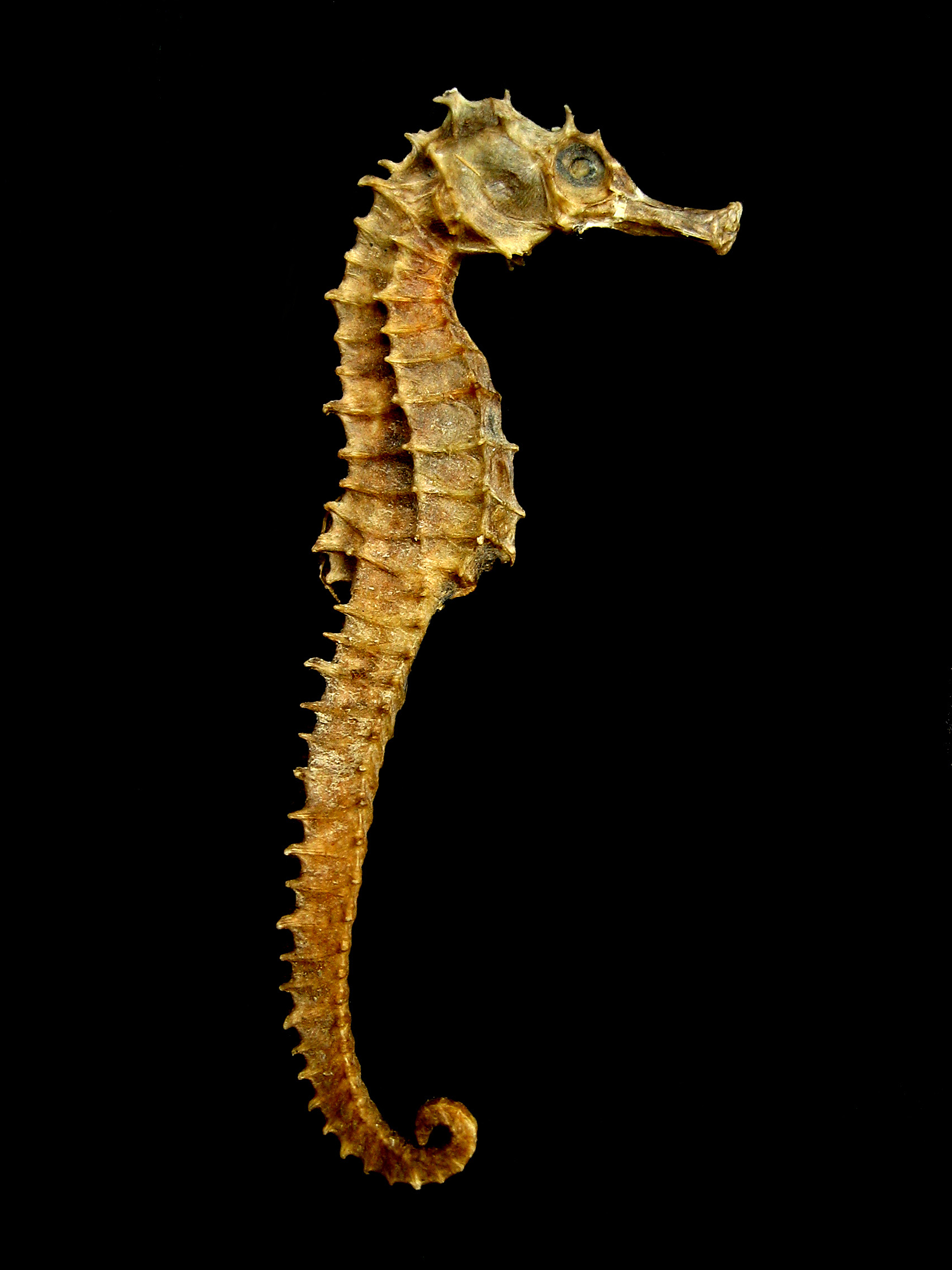Seahorses and seahorse products are in use for medical purpose in many countries across the Indian ocean. Stories about this animal were gathered and written by students. They are all part of a pedagogical project, funded by the National University of Singapore and the Université de Paris. The Bestiary site is a work-in-progress and a participatory educational tool, representing animals whose products or body parts are used to promote health and healing.
Sun-Dried Seahorses
A Story by Soh Yi Hao Liam
Seahorse is an important symbol in Chinese culture and is revered for its power, because the Chinese believe that seahorses are a type of sea dragon, which are symbols of good luck. The seahorse also symbolizes other meanings such as patience, protection, perspective. The association of protection with seahorse is particularly interesting. The bony exoskeleton of seahorses resembles an armour-like body that protects its delicate internal organs. It is believed that through the consumption of seahorses, one can protect or improve the health of our internal organs.
In traditional Chinese medicine, seahorses are used as a medicinal ingredient. The seahorses are dried in the sun, and are pounded into powder to form pills or capsules for consumption. Seahorses are closely associated with the liver and kidney meridians, and are believed to be beneficial in increasing and balancing vital energy or qi. They are also known for their use to treat medical conditions such as asthma, infection of the throat, insomnia, and abdominal pain. Medicines from seahorses can also be applied to the skin to treat skin infections and sores. Moreover, seahorses are also believed to be a powerful aphrodisiac, used in alcohol or tea to facilitate parturition by increasing sexual potency.
The medical benefits of seahorses have led to an increase in their demand over the years. The global trade exceeds 20 million dried seahorses annually, moving mostly through Southeast Asia. Habitat loss due to the destruction of seafloors caused by intensive trawling and destructive fishing, as well as environmental factors have greatly affected the seahorse population. Two seahorse species are listed as “endangered” and another twelve species are listed as “vulnerable” by the International Union for the Conservation of Nature. An international treaty – the Convention on International Trade in Endangered Species of Wild Fauna and Flora – was implemented in 2002 to tighten trade restrictions on all 44 species of seahorses. In 2016, countries that exported seahorses such as India, Thailand, Philippines, and Indonesia, have banned the export of seahorses altogether. However, these existing measures are not enough to restore the seahorse population or to curb the demand for them. Instead, a black market for seahorses with high levels of illegal trade flourished.
Although seahorses are an important symbol in Chinese culture and are known for their medical benefits, many species of seahorses are on the brink of extinction with their habitats and populations diminishing rapidly. To conserve this beautiful marine creature for future generations to come, the reduction in the consumption of seahorses is highly recommended. Moreover, relevant authorities need to work closer together to ensure that the existing measures are strictly enforced and that the black market for seahorses is eliminated.
Seahorses have not been known to carry any diseases that might affect the human population, making them non-threatening to us. In fact, it is the humans who have caused the decline in the population of seahorses due to intensive trawling and destructive fishing methods. An animal that is highly valued in Chinese culture and lives in close proximity to the seahorses in the ocean are the fish.
Fish
In Chinese Feng Shui, a fish that is black or red in colour symbolises wealth and success, as the word for fish in Chinese can be loosely translated to abundance. Additionally, the fish oil that is derived from the tissue of oily fish contains omega-3 fatty acids which are known to reduce inflammation in the human body. A study on fish skin also revealed that it is high in collagen with a similar moisture content to human skin, and hence it is being trialled to treat burn wounds.
Despite their various benefits to the human population, fishes do carry zoonotic diseases. These diseases are primarily bacterial infections such as Salmonella, Vibrio, Mycobacterium and many more. These bacterial infections can cause serious harm to humans, and this is especially so for humans with chronic illnesses, immunodeficiency, and pregnancy as they are at a higher risk of developing a new illness from zoonotic diseases. Salmonella, Vibrio, and other pathogens are transmitted by contact with abraded skin or wounds, or by ingestion of contaminated fish, which results in vomiting and diarrhoea. In more severe cases, septicaemia may occur in an immunosuppressed person. Similarly, an immunosuppressed person infected by Mycobacterium may develop skin ulcers or nodules on their hands, lymphadenitis, and pulmonary disease similar to tuberculosis. If not properly handled and taken care of, the fish can cause great harm to the human population through direct contact or oral ingestion. Therefore, it is important to familiarise ourselves with the various fish species that are potential zoonoses carriers and handle them with proper protection equipment.



